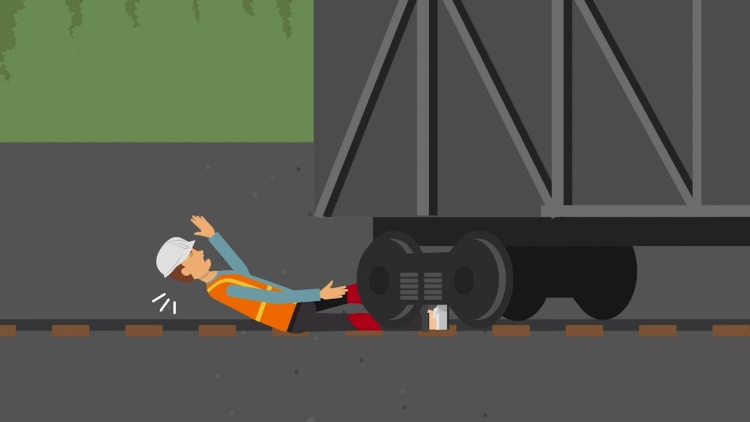Davis v. Consolidated Rail Corp.
United States Court of Appeals for the Seventh Circuit
788 F.2d 1260 (1986)
- Written by Eric Miller, JD
Facts
Davis (plaintiff) was an inspector of railway cars whose work required him to crawl under trains. A train pulled into the railyard where Davis was working and decoupled from its locomotive. Davis failed to mark the immobile railway cars with blue flags—a law and custom designed to alert other railway workers that the cars should not be moved—before crawling under them. However, Davis’s own employer, Trailer Train Company, did not have a blue-flagging rule or any other safety rules in place. Another locomotive, owned by Consolidated Rail Corporation (Conrail) (defendant), that was out of Davis’s sight was attached to the railway cars under which Davis was working, and the locomotive began moving. The locomotive crew did not provide any form of warning prior to moving. Davis attempted to escape, but his legs were partially severed in the process. Davis brought suit against Conrail. The jury found in Davis’s favor and assessed damages at $3 million but subtracted $1 million from that amount after determining that Davis’s own negligence in failing to put up blue flags was one-third of the reason for his injury. Conrail appealed, arguing that Davis’s negligence meant he was entitled to zero damages. The United States Court of Appeals granted certiorari.
Rule of Law
Issue
Holding and Reasoning (Posner, J.)
What to do next…
Here's why 899,000 law students have relied on our case briefs:
- Written by law professors and practitioners, not other law students. 47,000 briefs, keyed to 994 casebooks. Top-notch customer support.
- The right amount of information, includes the facts, issues, rule of law, holding and reasoning, and any concurrences and dissents.
- Access in your classes, works on your mobile and tablet. Massive library of related video lessons and high quality multiple-choice questions.
- Easy to use, uniform format for every case brief. Written in plain English, not in legalese. Our briefs summarize and simplify; they don’t just repeat the court’s language.






